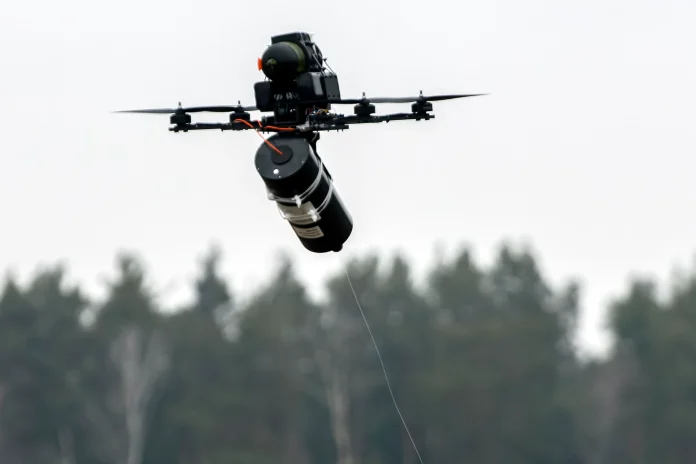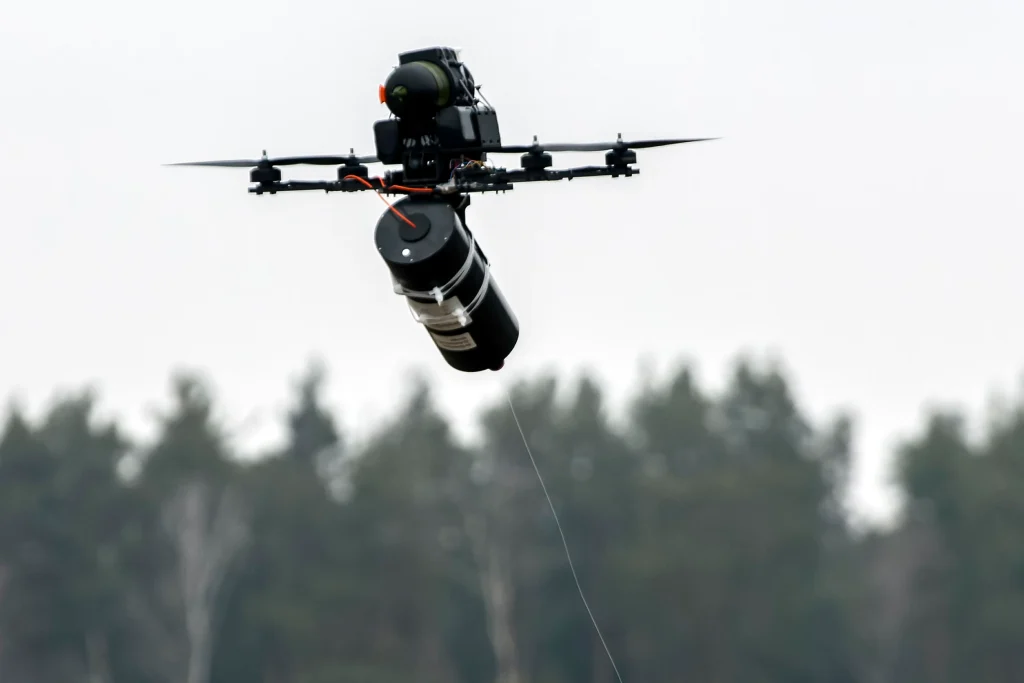
This week’s intrusion of Russian drones into Polish airspace was not merely another frontier incident it was the first time that NATO troops have engaged Russian forces directly since hostilities broke out in Ukraine. For Warsaw and its partners, the confrontation was a cold, hard reality check of the alliance’s preparedness in the face of low-expense, high-yield aerial threats.
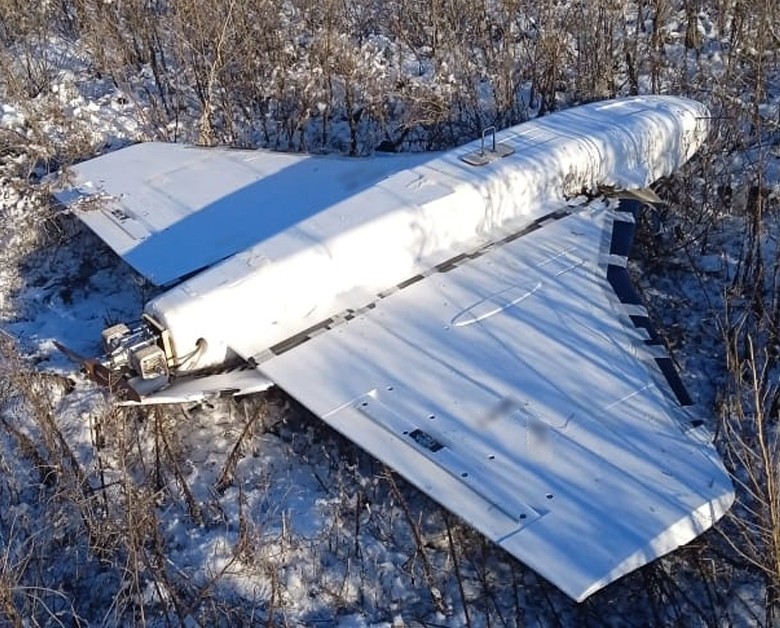
1. A Deliberate Probe, Not a Navigation Blunder
Polish authorities categorically dismissed U.S. President Donald Trump’s comment that the incursion “could have been a mistake.” Foreign Minister Radosław Sikorski declared, “No, that wasn’t a mistake,” and President Karol Nawrocki called it “an attempt to test our capabilities and responses.” The incursion was made by 19 drones, many of which were determined to be Russian Gerbera models, coming in from Belarus amid a massive Russian attack on Ukraine. ISW analysts judged that Moscow might have started preparing the operation as early as summer, in line with its consistent practice of testing NATO’s eastern flank.
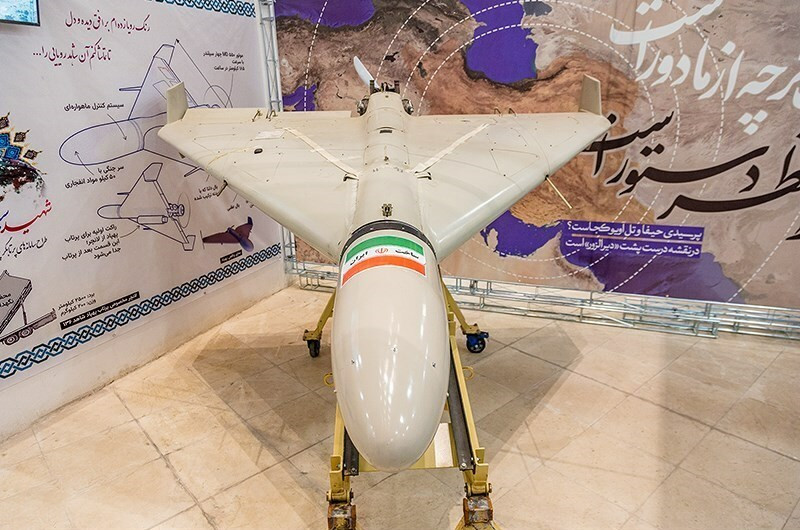
2. The Gerbera Decoy Drone: Design for Saturation
The Gerbera is a cut-down, Russian-made variant of the Iranian Shahed-136, cobbled together from kits provided by Chinese manufacturer Skywalker Technology. Made of plywood and foam, it has a 2.5-meter wingspan, a 18-kilogram weight, and a top speed of 160 kph with an operating range of up to 600 km. Due to its modular construction, it can be set up as a kamikaze aircraft, reconnaissance drone, or most frequently a decoy to attract fire from valuable air defense installations. Ukrainian intelligence has reported Gerberas flying with Polish SIM cards, and this implies intentional route probing across NATO skies.
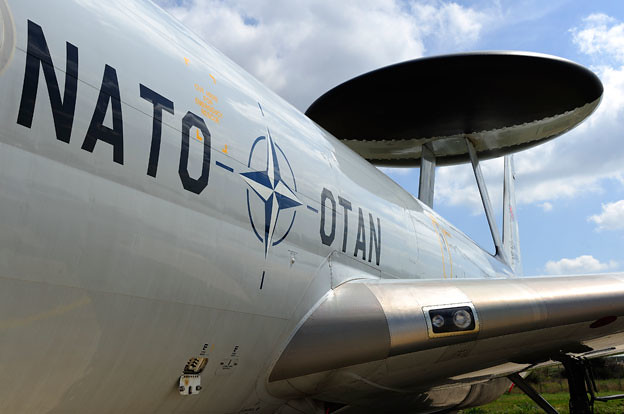
3. NATO’s Multi-Layered Response in Action
The penetration brought out a synchronized scramble: Polish F-16s, Dutch F-35s, Italian AWACS recon aircraft, NATO MRTT tankers, and German Patriot missiles were brought out. Some drones were intercepted by fighters, and others crashed within Poland, as per the claims of NATO officials. Five were said to be following a direct course to Rzeszów airport NATO’s main logistics base for Ukraine before they were intercepted. This swift deployment of assets demonstrates NATO’s post-2014 air policing upgrades, but also highlights the cost-effectiveness of countering low-cost threats.
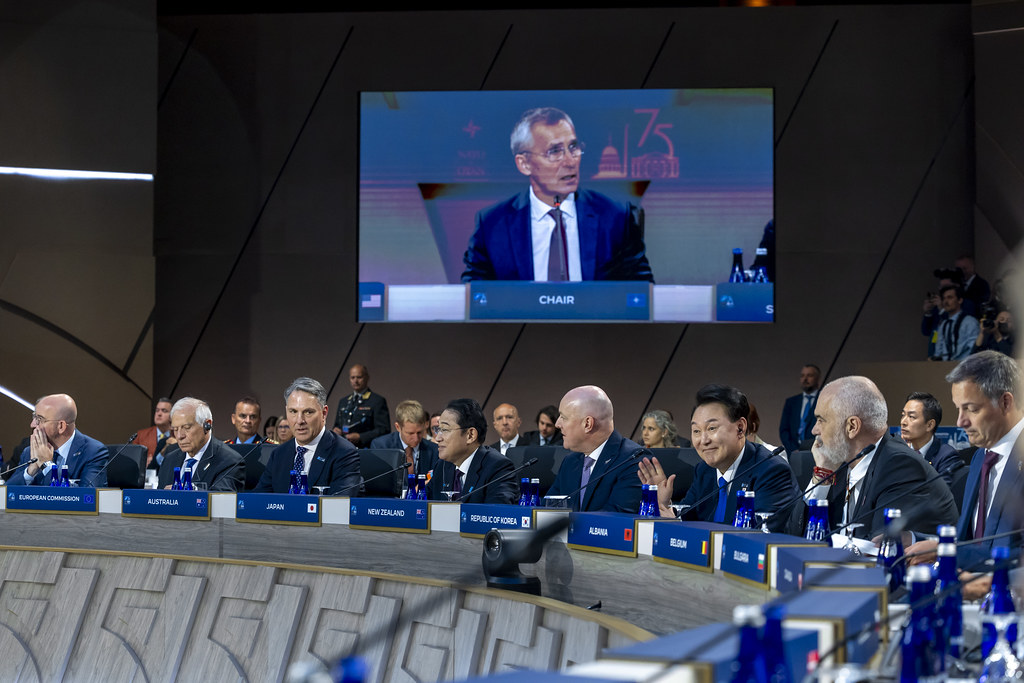
4. Article 4 Consultations and Strategic Implications
Warsaw invoked Article 4 of the NATO treaty, pushing the allies into pressing consultations. While less obligational than Article 5, Article 4 enables members to discuss alleged threats to territorial integrity and coordinate actions. Poland’s action is a replica of similar previous calls following Russia’s 2014 annexation of Crimea and in 2022 the full-scale invasion of Ukraine. As Clingendael Institute’s Bob Deen pointed out, “It gives all allies the opportunity to urgently put certain threats or developments on the agenda of the North Atlantic Council.”
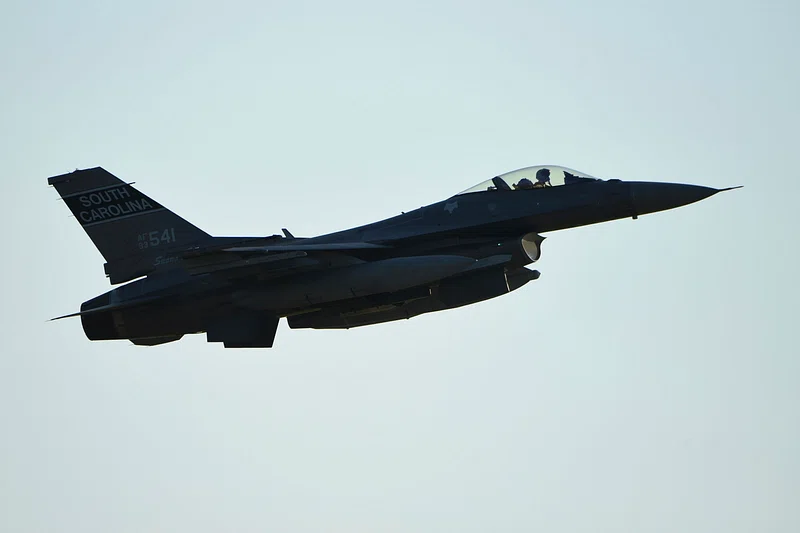
5. The Cost Imbalance Problem
The estimated unit cost of the Gerbera is approximately $10,000, but NATO’s interceptors either AIM-9X missiles or Patriot PAC-3s run hundreds of thousands to millions per shot. As the European Council on Foreign Relations’s Ulrike Franke pointed out, “What are we going to do, send F-16s and F-35s every time? It’s not sustainable.” This cost disparity is the key element of Russia’s hybrid warfare approach, aimed at saturating advanced air defense systems to break them.
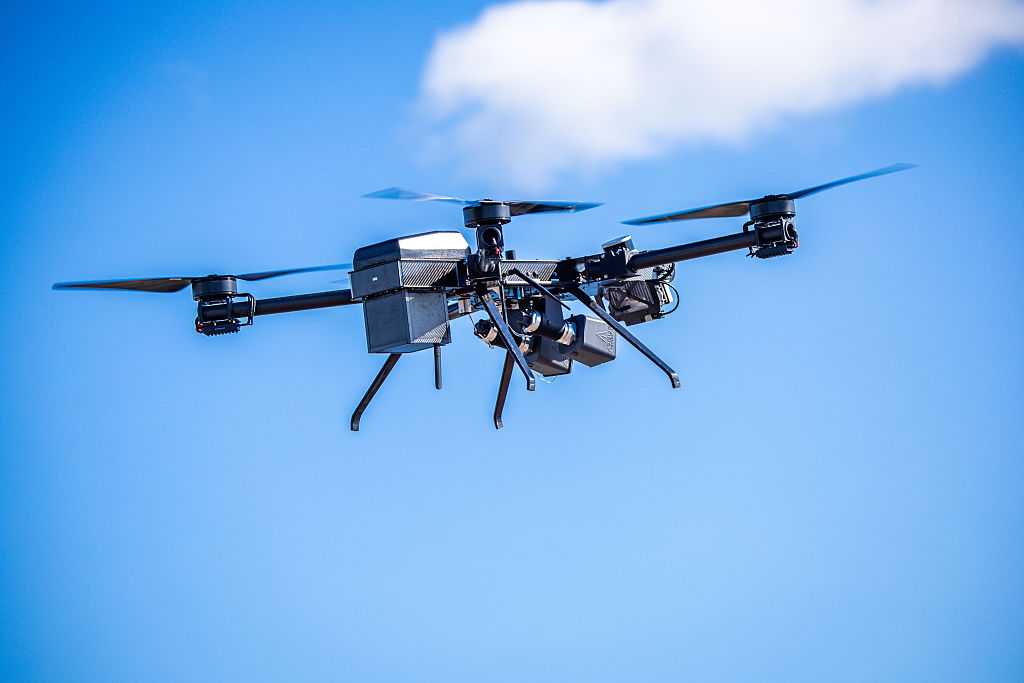
6. Lessons From Ukraine’s Drone Defense
The Ukrainian experience provides a paradigm for efficient, layered defense. With nightly salvos of Shaheds and Gerberas, Kyiv has woven acoustic sensors, roaming anti-aircraft squads, electronic warfare, and interceptor drones manufactured domestically at pennies on the dollar of their targets. Project Octopus of the UK, unveiled at DSEI 2025, will produce in bulk Ukrainian-designed interceptors for under 10 percent of the cost of the drones they down a capacity London plans to ramp up to the thousands per month.
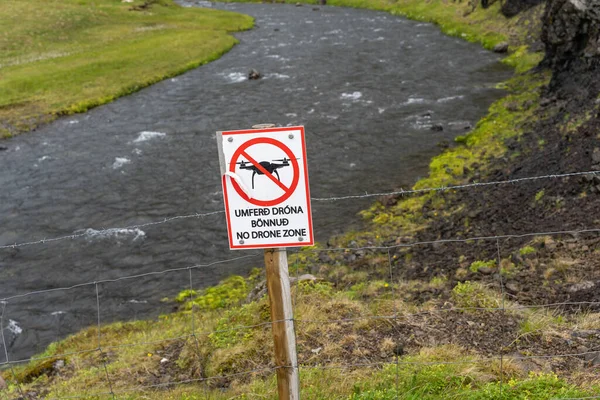
7. Forward Defense and Airspace Restrictions
Following the incursion, Poland closed about 400 miles of eastern airspace through December 9, prohibiting civilian unmanned flight and restricting manned aircraft operations. Latvia also closed Russian and Belarusian borders. The closures will “sanitize” detection areas, enhancing radar tracking of low-signature drones and speeding NATO air policing reaction.
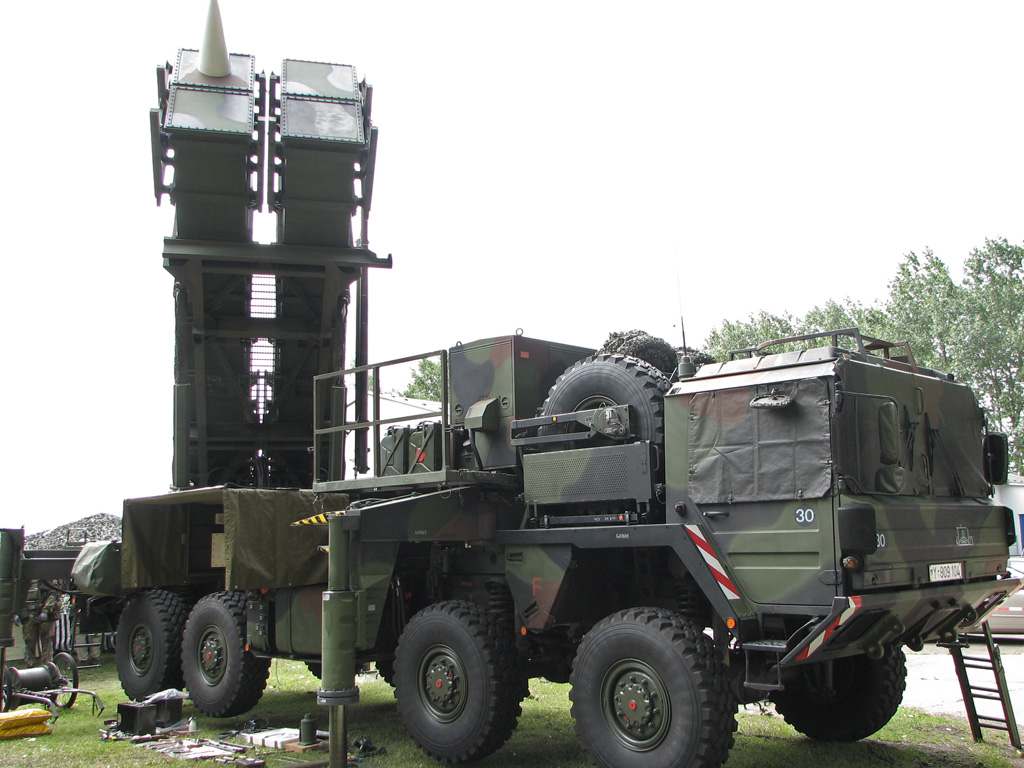
8. Electronic Order of Battle and Intelligence
Military experts observe that imitation drone intrusions have two purposes: probing radar coverage and response times, and gathering electronic intelligence on the NATO air defense network. By compelling allied systems to turn on, Russia can chart frequencies, sensor positions, and engagement procedures information that could be used to plan future, more lethal attacks.
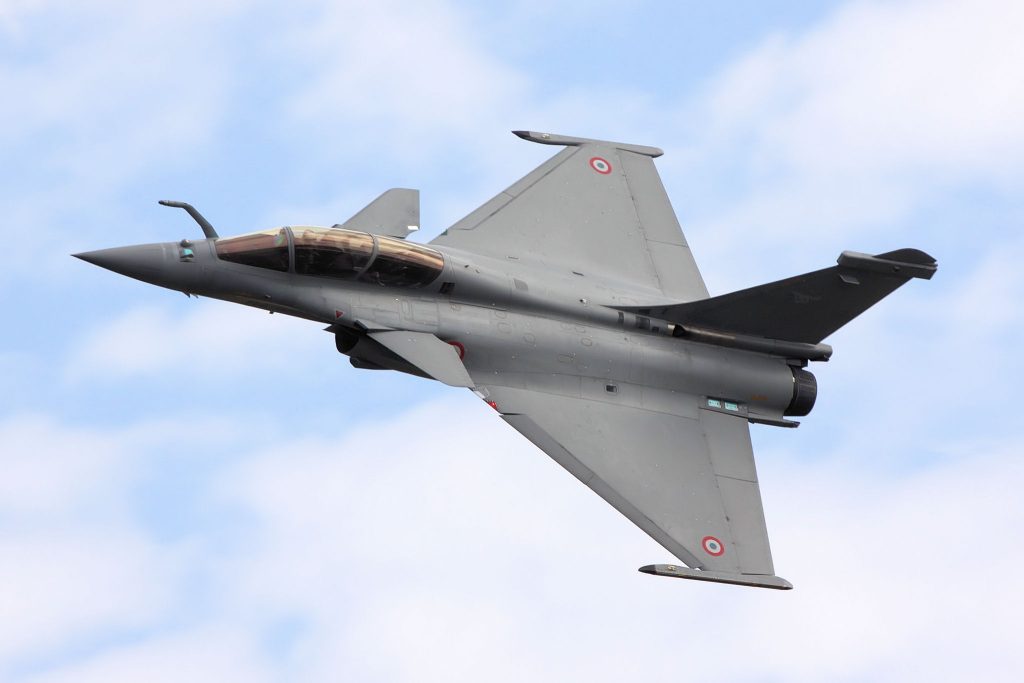
9. Allied Reinforcements and Deterrence Messaging
The Netherlands, Czech Republic, Germany, France, and the UK have also committed additional air defense capabilities to Poland. France will send three Rafale jets, and Germany will prolong Baltic air policing operations. These actions are meant not only to strengthen defenses but also to demonstrate alliance unity. As French President Emmanuel Macron explained, “We will not yield to Russia’s growing intimidation.”
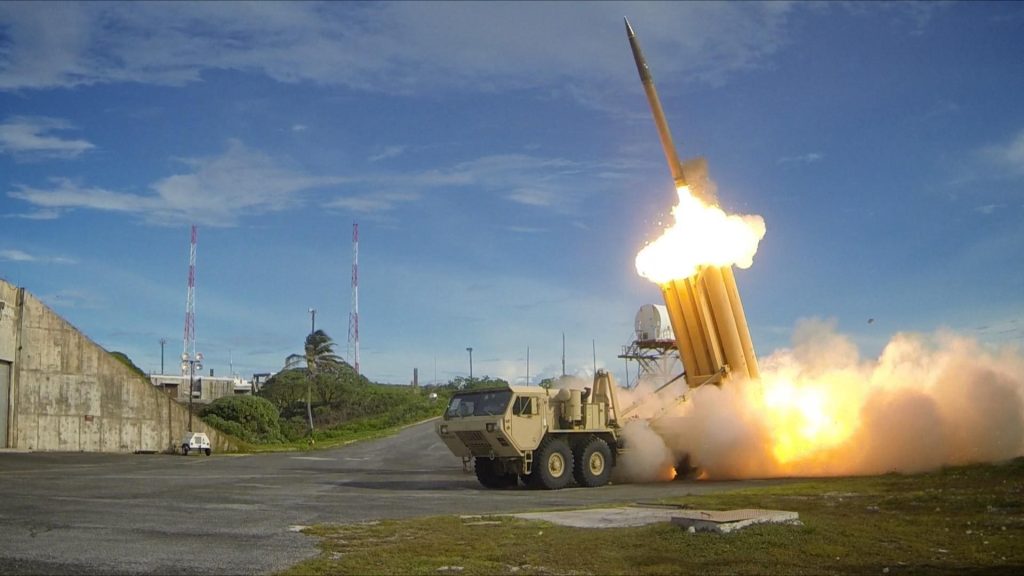
10. The Broader Strategic Context
The incursion comes at the beginning of Zapad 2025, Russian-Belarusian bilateral exercises along NATO frontiers, and follows Russia’s biggest air campaign against Ukraine since 2022. The event strengthens for defense planners the imperative to fit NATO’s integrated air and missile defense to counter low-cost, mass-produced UAVs without exhausting high-end ammunition an engineering and strategic deterrence challenge.
